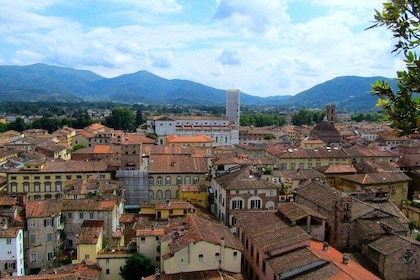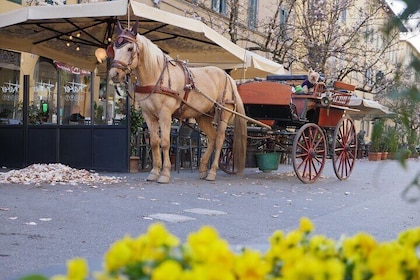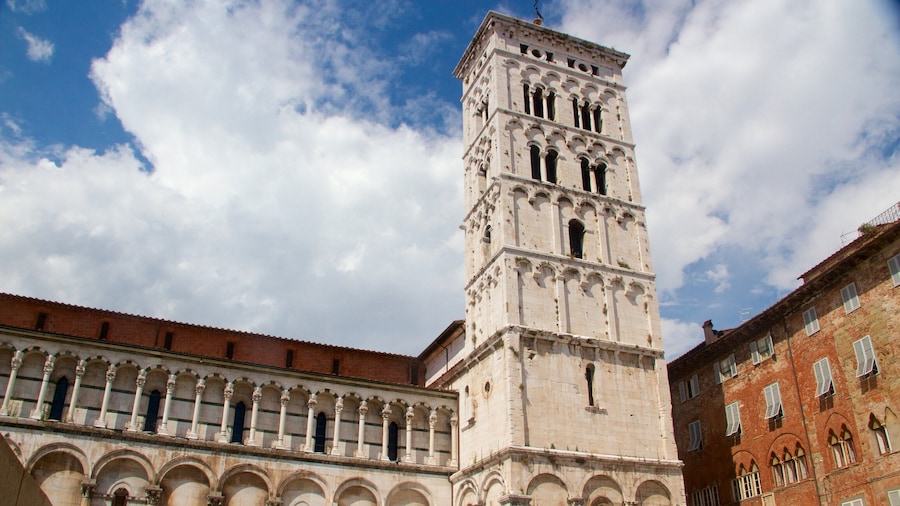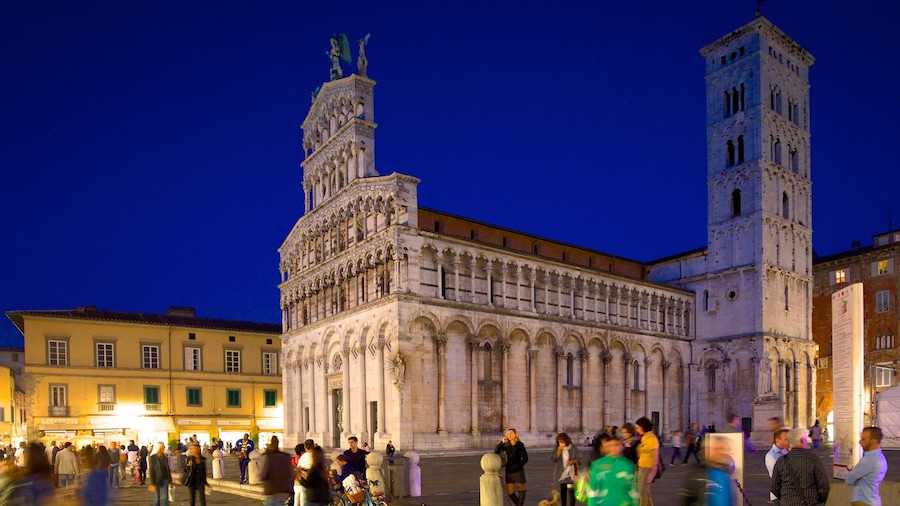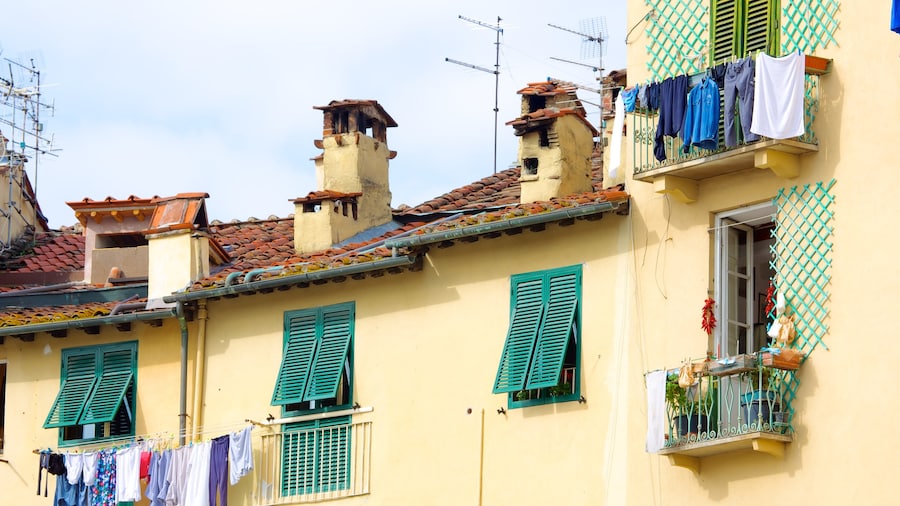Enjoy superb views of Lucca from the highest point in the city, the roof of an ancient tower that’s been a public clock since the 14th century.
Look down on Lucca’s Renaissance walls and narrow streets from the highest point in the city, the top of the Clock Tower.
During medieval times Lucca’s skyline was dominated by more than 130 towers. Most were parts of the private homes of rich merchant families, built for protection and as symbols of their power and wealth. Few survive to this day. At 164 feet (50 metres) high, the Clock Tower, also known as Torre delle Ore, is the tallest one still standing.
The large structure dates back to 1390 although the current clock face was applied in 1754 and the clockwork mechanism installed two years previously.
Climb to the top via the 207 well-preserved original wooden stairs. The staircase is narrow and steep. Some people, particularly the elderly, may find the climb challenging. Just before you step out onto the belfry, observe the old clock mechanism, which is still wound by hand. It’s well worth being here when the bells chime to see the wheels and gears turn. They move rapidly and noisily to regulate the number of times the bells are struck.
Once you are at the top of the tower take in the commanding views over the city and the surrounding hills and mountains of the Tuscan countryside. You can also see the fascinating sight of Lucca’s Torre dei Guinigi with large oak trees sprouting from its top.
Investigate the tower’s bells, but don’t stand near them when they strike on the hour since the noise is very loud.
The Clock Tower is located on Via Fillungo, the city’s main shopping thoroughfare. Admission charges apply, with discounts for servicemen and women, children under 10 years old and people older than 65. The cost is even less if you buy a joint ticket that also covers the entrance to the Guinigi Tower.
Torre delle Ore is open from April through October and closed entirely between November and March.





